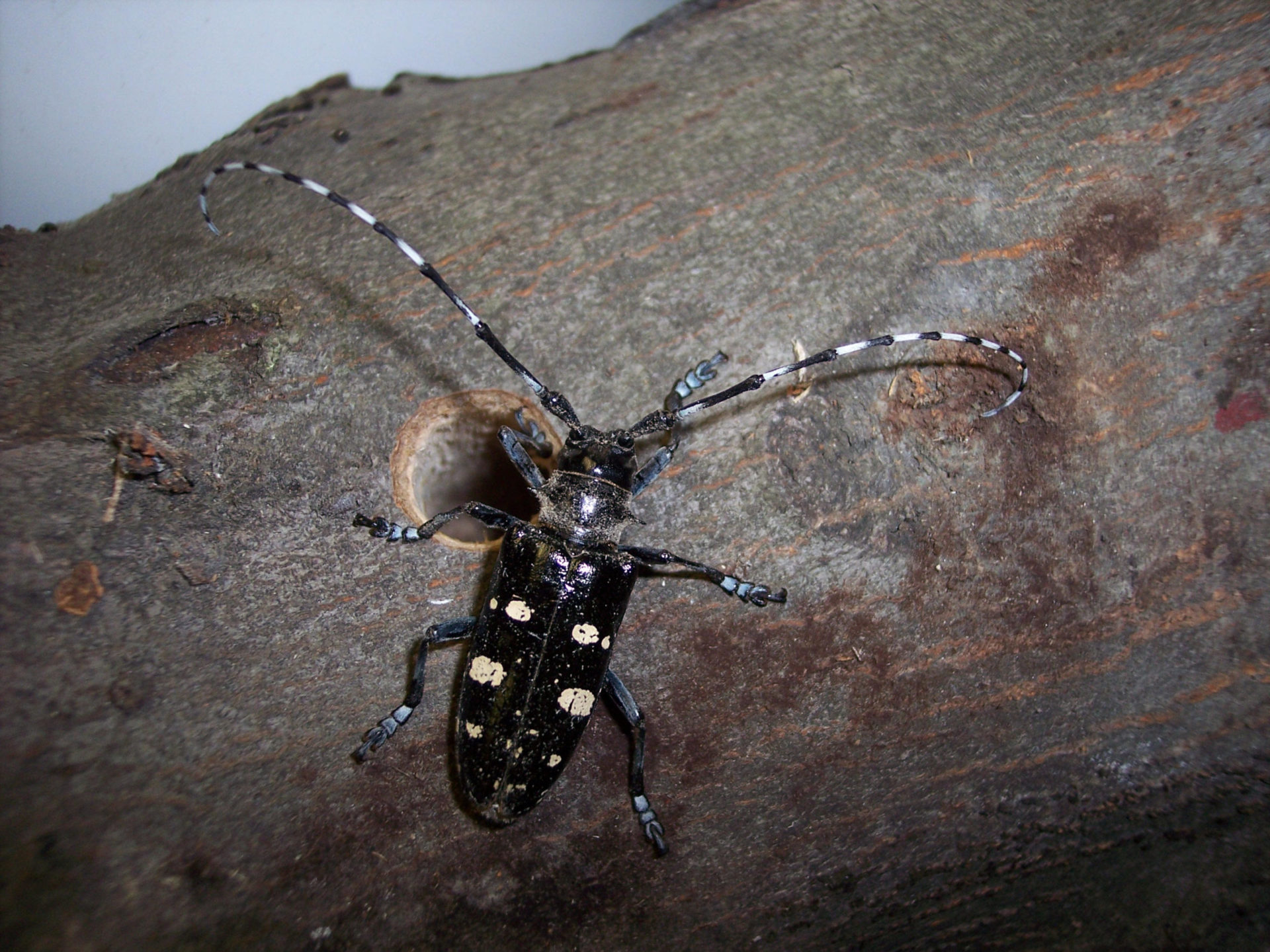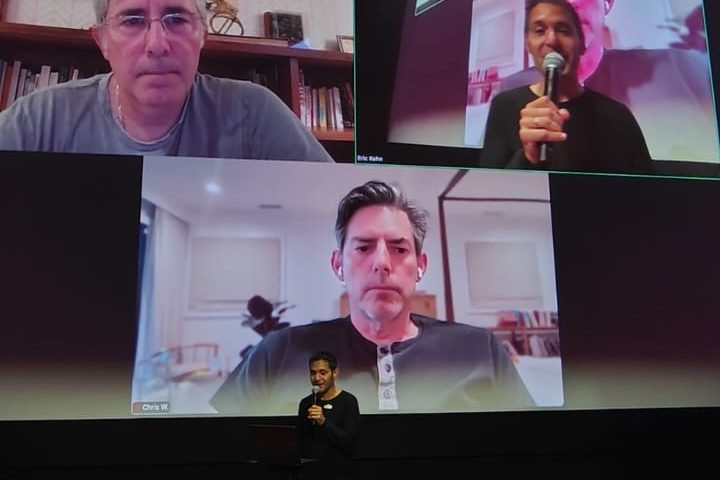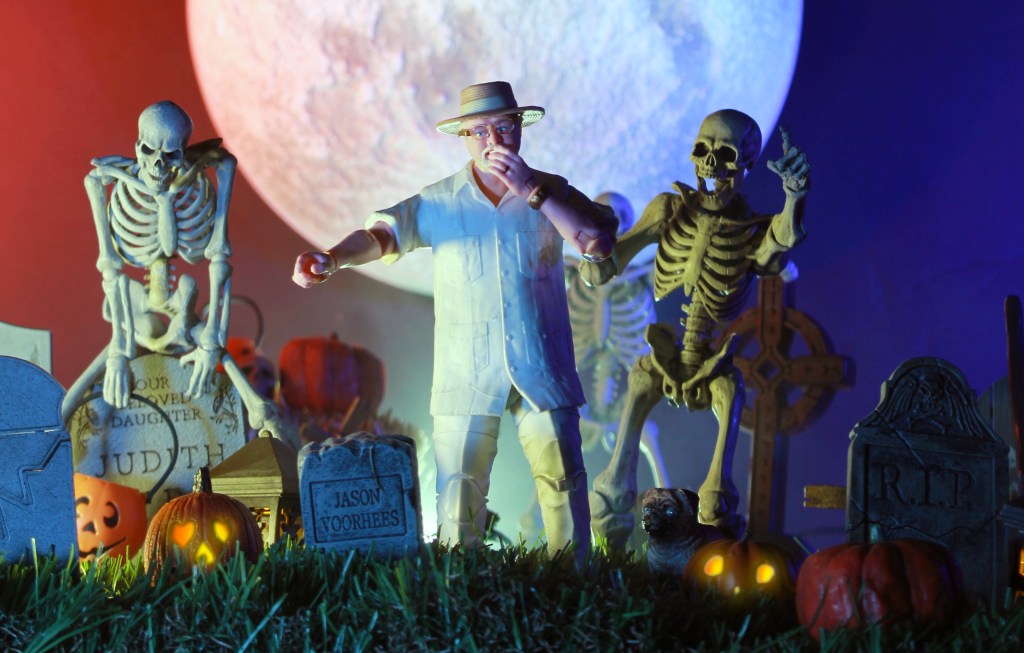Swimming Pool Owners: Be on the Lookout for Invasive Beetles


If you have a swimming pool, the State Department of Environmental Conservation is asking you to participate in a survey about Asian long-horned beetle.
Not interested? Well, the DEC says that early discovery of invasive beetle infestations not only saves trees, but money.
Asian long-horned beetles are wood-boring beetles that are native to Asia. They were accidentally brought to the United States through wood packing materials. They attack a variety of hardwoods, including maples, birches, and willows, and have caused the death of hundreds of thousands of trees across the country, according to the DEC.
The ALB was first found in the United States in Brooklyn back in 1996. Since then, it has led to the loss of more than 160,000 trees.
The survey will run during the month of August, the peak time of year to spot one. August is when they begin to emerge as adults and are most active outside of their host trees. They can cause serious damage to the State’s forests and street trees, so finding them early is key.
“Most invasive forest pest infestations have been discovered and reported by members of the public, making citizen science a vital tool for protecting our urban and rural forests,” Commissioner Basil Seggos said in a press release. “Swimming pool monitoring is a simple, economical approach to surveying for Asian long-horned beetles and gives New Yorkers the chance to take an active role in protecting the trees in their yards and communities.”
So what’s entailed in the survey? The DEC asks pool owners to periodically check pool filters for insects that resemble the ALB and file a report either by emailing photos to foresthealth@dec.ny.gov or mailing the dead insects to the DEC’s Forest Health Diagnostics Lab at 108 Game Farm Road, Delmar, NY 12054, Attn: Jessica Cancelliere.
Even people without swimming pools can help, by reporting any sign of the beetle. With more people working at home due to COVID-19, it is the perfect time to pay closer attention to your yard and neighborhood trees, the DEC said.
Asian long-horned beetles are about 1.5 inches long, black with white spots, and have black and white antennae. They leave “perfectly round exit holes about the size of a dime” on branches and tree trunks, the DEC explained. They also create sawdust-like material called frass that collects on branches and around the base of trees.
While the State Department of Agriculture and Markets was able to eradicate known infestations in Brooklyn, Staten Island, Manhattan, Islip, and Queens, there are still active managements of the beetle in central Long Island — and they could pop up anywhere on the island. There are active infestations in Massachusetts, Ohio, and South Carolina.
For more information on the ALB Pool Survey visit DEC’s website, which offers biology and identification tools,









